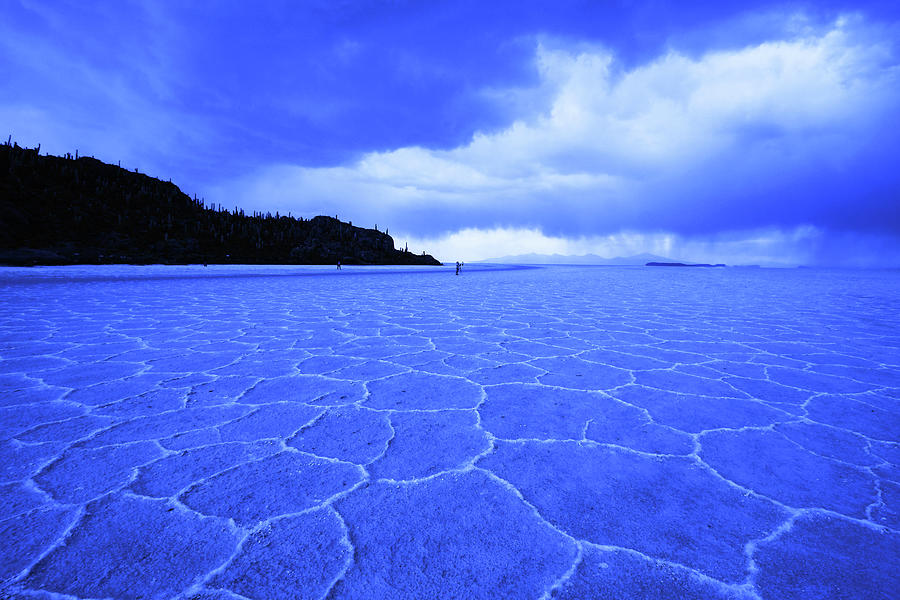
The Salar de Uyuni was formed by the disappearance of an inland ocean that covered most of the Altiplano and extended all the way to the Titicaca Lake. In the dry season, the salt plains are a completely flat expanse of dry salt, but in the wet season, the surface is covered with a thin sheet of water that reflects the sky like a giant mirror. The salt is over 10 meters thick in the center.

The area has long been popular with tourists, particularly those looking for a holiday with a difference.Ī few years ago interest started growing in extracting the 5.4m tons of lithium which is found just below the surface of the salt. The salt flats themselves are at 3600 meters above sea level in the Andes - making it seem almost possible to reach up and touch the clouds from the ground. The Uyuni salt flat is even larger than the Lake Titicaca, a vast stretch of water shared by Bolivia and neighbouring Peru. This white expanse at the feet of the Tunupa volcano is the world's largest salt desert, around 11000 square kilometers. The Uyuni Salt Flats, also called Salar de Uyuni in Spanish are located in southwest Bolivia.

Hotels in Uyuni Explore the Salt Flat and surrounding areas Bus to Uyuni When to visit How to visit


 0 kommentar(er)
0 kommentar(er)
